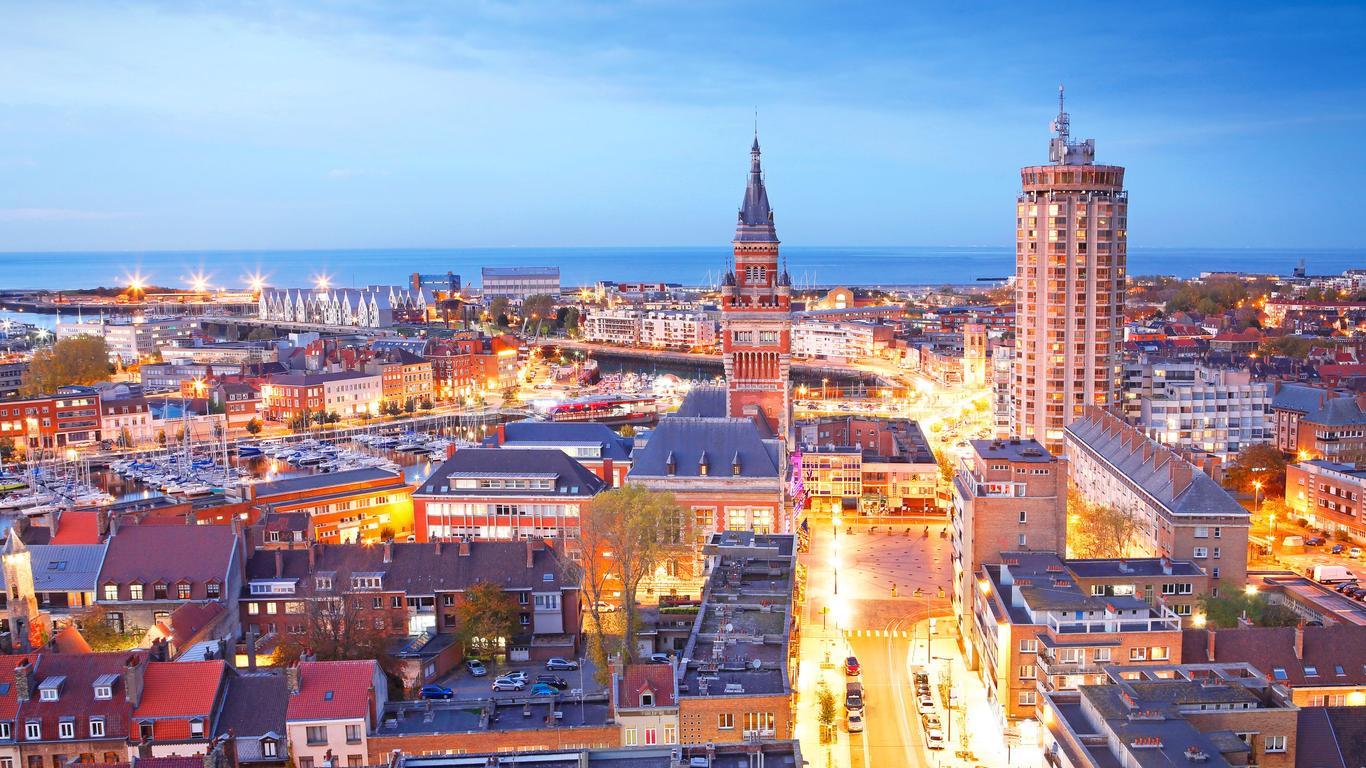Located just a stone’s throw from France’s border with Belgium, Dunkirk is a coastal city synonymous with its evacuation of Allied soldiers during World War II. It centres around a lively port that’s served fishing vessels throughout the centuries and boasts engaging museums and a long stretch of dune-backed beach.
Things to do in Dunkirk
Dominating the skyline of Dunkirk is a UNESCO-listed Gothic belfry, which was once attached to the 15th-century Saint-Eloi Church. Climb its 58-metre-high tower to soak up the panoramic views across the city and see its carillon of 48 bells. They chime every 15 minutes and play part of “La Cantate a Jean Bart” on the hour.
You can delve into the local history at the Musée Portuaire, which occupies a 19th-century tobacco warehouse. Its interactive displays detail the city’s whaling and cod fishing industries while three heritage ships are moored along the adjacent quay. These include the Duchesse Anne, a three-masted vessel that was built in Bremerhaven in 1901 and offers scenic cruises.
For insight into the region’s World War II history, visit Dunkirk 1940 Museum, a coastal defence used for the coordination of “Operation Dynamo”. Hear how more than 330,000 soldiers were evacuated from Dunkirk’s beach during May and June of 1940, with vintage weapons, uniforms and scale models of the operation on display.
Getting around Dunkirk
Dunkirk is a 40-minute drive from Calais and around the same distance from Oostende-Brugge International Airport, which has flights to destinations across Europe. Regular trains travel from Paris and Lille to the Dunkirk railway station and ferries connect across the English Channel to Dover. The centre of Dunkirk can easily be explored on foot.





